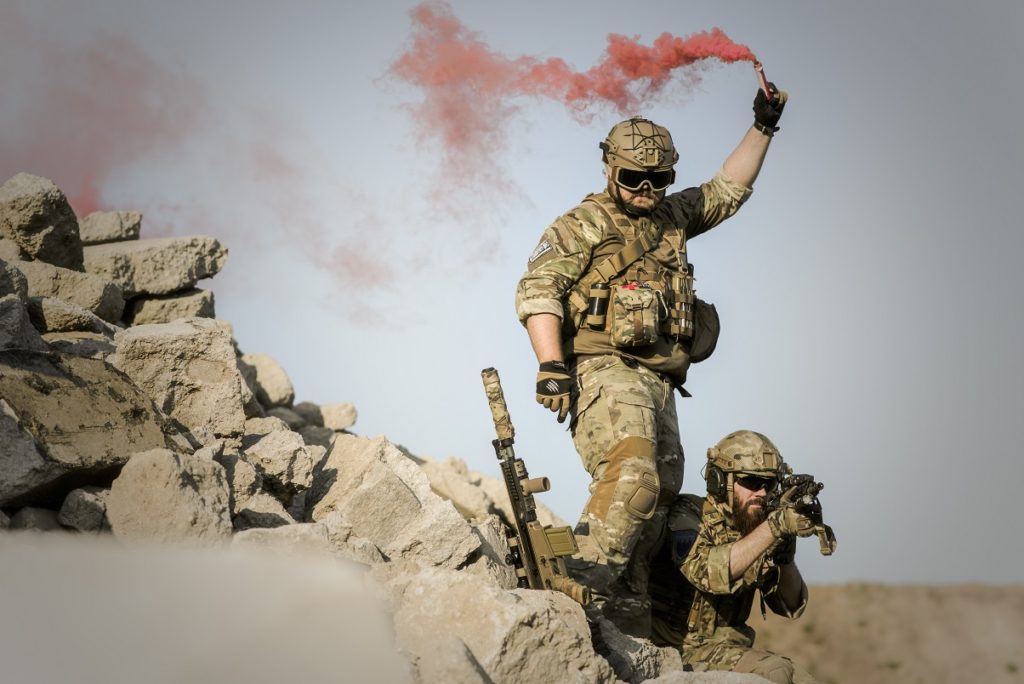When it comes to personal defense, having the right body armor is essential. Level 4 body armor offers the highest level of protection available and is typically used by military personnel and law enforcement officers. Before you invest in this type of armor, it’s important to understand what kind of materials are used in its construction. Let’s take a closer look at what goes into level 4 body armor.
Materials Used In Level 4 Body Armor
Level 4 body armor consists of multiple layers of high-grade ballistic material that are designed to absorb and dissipate the energy from bullets fired at close range. It’s typically made from either steel or ceramic-based materials, depending on the manufacturer. Steel is often preferred for its superior protection capabilities, though it can be quite heavy compared to other materials. Ceramic plates, on the other hand, are lighter and more comfortable to wear but may not offer as much protection as steel plates.
Level 4 Armor Plates
The actual “plates” that makeup level 4 body armor are made from two different kinds of material – steel or ceramic – with a layer of protective padding placed between them for comfort and shock absorption. The plates themselves are designed in a variety of shapes and sizes depending on the intended use, including flat discs and curved contours that fit around the torso or hips for maximum protection without compromising mobility or comfort.
Protective Padding
In addition to being constructed from high-grade ballistic material, level 4 body armor also includes protective padding between each plate layer for additional cushioning against bullet impact. This padding helps to reduce shockwaves generated by bullets as they impact the surface of the body armor while also providing better overall comfort with extended wear times. It is generally made from synthetic fibers such as Kevlar or Dyneema which are strong yet lightweight enough for daily use over extended periods without causing fatigue or discomfort.
When it comes to personal defense, having access to quality level 4 body armor can be invaluable. Knowing what types of materials go into this type of protective gear will help you make an informed decision about which product best suits your needs. From steel plates to protective padding made from synthetic fibers like Kevlar or Dyneema, many components go into making sure that your level 4 body armor provides maximum coverage and protection when you need it most. By understanding what makes up these pieces of equipment you can rest assured knowing that you have chosen an armoring system that will provide superior defense against any threat you may face in your line of work.
For more articles, please click here.
